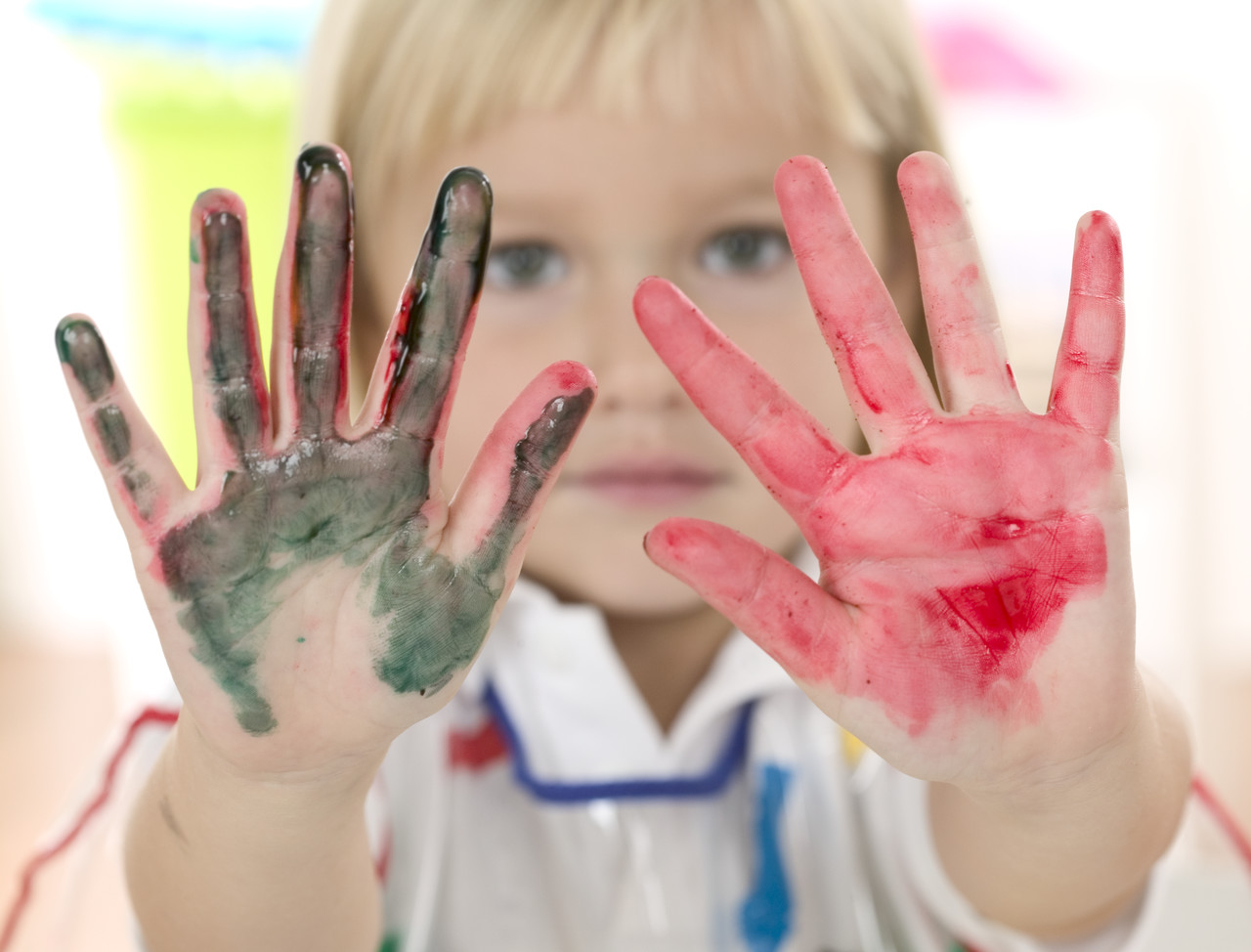Does every child in your classroom feel safe and included?
I always thought that I was doing a good job on this topic until I read "A Matter of Trust" by Carollee Howes and Sharon Ritchie. They write about a girls’ relational aggression being difficult for teachers to see because it is so much a part of our culture. They go on to discuss that teachers may feel they should not intervene as children work things out for themselves or they try to change the outsider to be more acceptable to the others. They conclude that a child who feels left out or bullied does not feel safe and by now we all know the problems which can come from that. When I think back to some of the scenarios that have happened in my classroom, I’m sure I have allowed some of these types of behaviors to occur. I too, have worked to make the outsider be more acceptable to the group, when maybe I should have been working to make the group more accepting to others. I know I did some excluding myself as a child when I had a club house and decided who could and could not be a part of it. ( mostly my friend’s little sisters were not allowed.)
Howes and Ritchie make an important point in saying, if children are expected to include all others, the teacher has a responsibility to see that she is not excluding children- from circle, from activities, from recess.
Do I have the answers? Certainly not, but it is food for thought, lots of thought. If you want to learn more about including, read Vivian Paley’s "You Can’t Say You Can’t Play" or maybe even re-read it. I read it when it was first published in 1992, and again a few years ago. I’ll probably go back for a third read.
Do you agree with Howes and Ritchie? Should children always have to include others? What if the other child is being mean and disrupting the play? Please join in the discussion of this topic by posting your comments.

Subscribe to:
Post Comments (Atom)


1 comment:
Kay, wow! You have done a lot of reading and introspection since the Institute. This is an interesting subject to me, because I was often excluded as a child. At times it was because I dressed more conservatively, at times because I was (in those days) slighlty overweight. Later it was because of moving into a new area of the country or being academically at the head of the class. I have a lot of empathy for the children who are ostracized. Most of the time school administrators, counselors, and teachers turned a blind eye toward the physical and psychological damage the cruelty of other students did to me. Even so, I think it works both ways. As educators, I believe there is a responsibility to teach tolerance and inclusion, but also a responsibility to help those ostracized learn new ways to fit in. I have only sporadic memories of special teachers who did that for me. And they are at the top of my list of favorite mentors.
Post a Comment